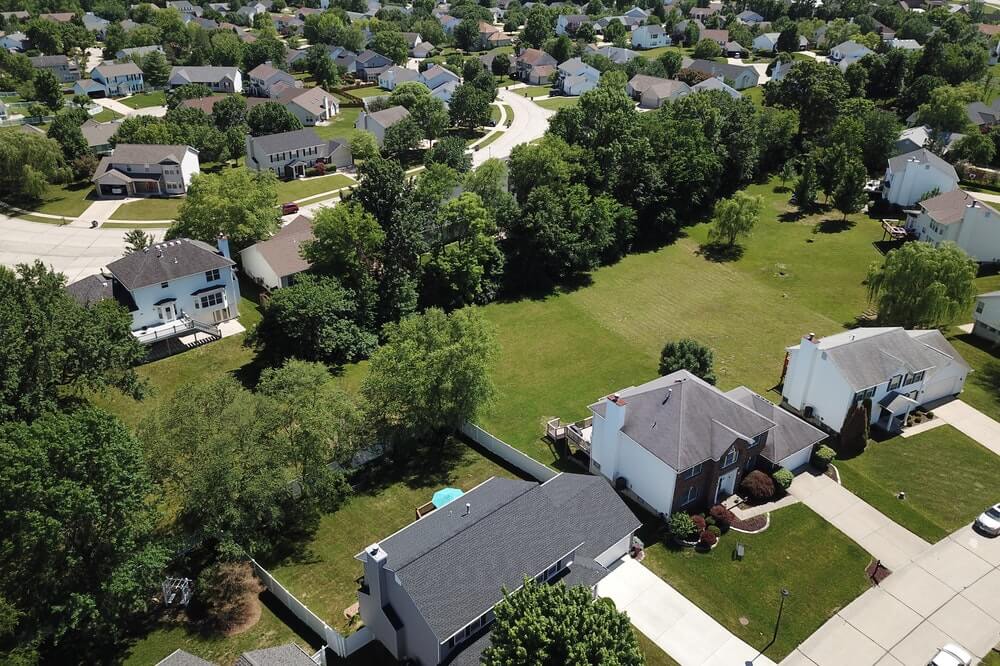 It’s an underrated component of the home, isn’t it? We’re talking about the roof. Sure, we can pine about different styles of floors, different colours of paint for the walls, and spend weeks talking with those closest to us about the different fixtures and furniture that you find once you open your front door. We’re guilty of it too. We find joy in every element of home design, and that includes everything from feng shui to fences, from landscaping to lavatories. And we wouldn’t have it any other way. It’s the best exercise to describe our passion for constructing your dream home, and today, we’re giving some love to the aforementioned underrated element of said design. Yes, visitors of the Australian Heritage Homes blog -–today is roof day.
It’s an underrated component of the home, isn’t it? We’re talking about the roof. Sure, we can pine about different styles of floors, different colours of paint for the walls, and spend weeks talking with those closest to us about the different fixtures and furniture that you find once you open your front door. We’re guilty of it too. We find joy in every element of home design, and that includes everything from feng shui to fences, from landscaping to lavatories. And we wouldn’t have it any other way. It’s the best exercise to describe our passion for constructing your dream home, and today, we’re giving some love to the aforementioned underrated element of said design. Yes, visitors of the Australian Heritage Homes blog -–today is roof day.
It’s only non-existent until there are issues with it. When there are issues with your roof, whether they’re due to foundation issues, excess moisture, leaves, other types of weather, or in the worst of scenarios – issues like collapsing, then you would have wished that you would have put a little bit more work and love into your roof. In this spirit, we’ll have a couple of upcoming posts on roofs, but before we can help you understand how to take care of them, we want to kick things off by describing the different styles that you can choose from. Note, these are just a few… more to come:
Flat Roof
We’re not making any euphemisms here, a flat roof is exactly what it sounds like. Sources share that flat roofs are an ancient form of roof that is generally used in arid climates. They allow the roof space to be used as a living space or a living roof. Commercial buildings are also big fans of this style.
Butterfly Roof
Picture a butterfly’s wings and that’s exactly what this roof shape looks like. It can also be called a V roof and as far as design goes, it’s pretty simple. Two roof surfaces slope down so that there is a literal valley in the middle. They’re very popular in mid-century architecture, as well as the terraced house architectures of the Georgian and Victorian periods. In fact, they were so popular, that some experts call them “London” roofs.
Gable Roof
We figured that we’d culminate today’s post with one of the most classic examples around. A gable roof is commonly seen all over the world, especially in cooler climates. The roof ridge is formed when the two roof sections are sloped in opposite directions and meet at the highest, horizontal edge. A couple of other keywords that you need to know here? Rafters, roof trusses and purlins. Read up on them and you’ll be set up for success.
Like we said, there’s plenty more where this information came from. All you need to do is reach out to our team. We’re awash with all of the information that you could possibly need about your dream home.